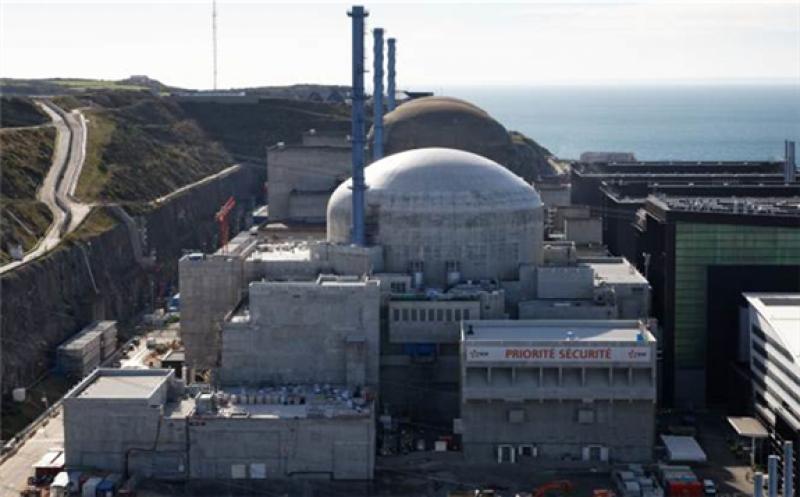
The new decree - published in the Official Journal on 27 March - was signed by Prime Minister Edouard Philippe and Minister for Ecological and Solidarity Transition Élisabeth Borne. The loading of first fuel must now be carried out by April 2024.
Construction work began in December 2007 on the 1650 MWe unit at the Flamanville site. The EPR reactor was originally expected to start commercial operation in 2013 and cost EUR3.3 billion (USD3.6 billion). However, the project has been beset by delays and cost increases. Last October, EDF said necessary repairs to the reactor's main secondary system penetration welds will further increase the cost of constructing the Flamanville EPR to EUR12.4 billion. The loading of fuel into the reactor has also been further delayed until the end of 2022.
Under the French Energy Transition for Green Growth Law, adopted in August 2015, EDF must close older reactors in order to bring new ones online. Ahead of the start-up of the Flamanville EPR, EDF disconnected France's longest serving nuclear power unit - Fessenheim 1 - from the electricity grid on 22 February this year. Fessenheim unit 2 is scheduled for closure on 30 June. National grid operator RTE has previously said it did not expect the closure of both Fessenheim units this year to impact the security of France's energy supply, despite the delay in commissioning the Flamanville EPR.
In December 2018, unit 1 of the Taishan plant in China's Guangdong province became the first EPR to enter commercial operation. Taishan 2 began commercial operation in September 2019. Olkiluoto 3 in Finland, the first-of-a-kind EPR, has completed hot functional tests and is preparing to load fuel. Two EPR units are also under construction at the Hinkley Point C project in Somerset, UK.